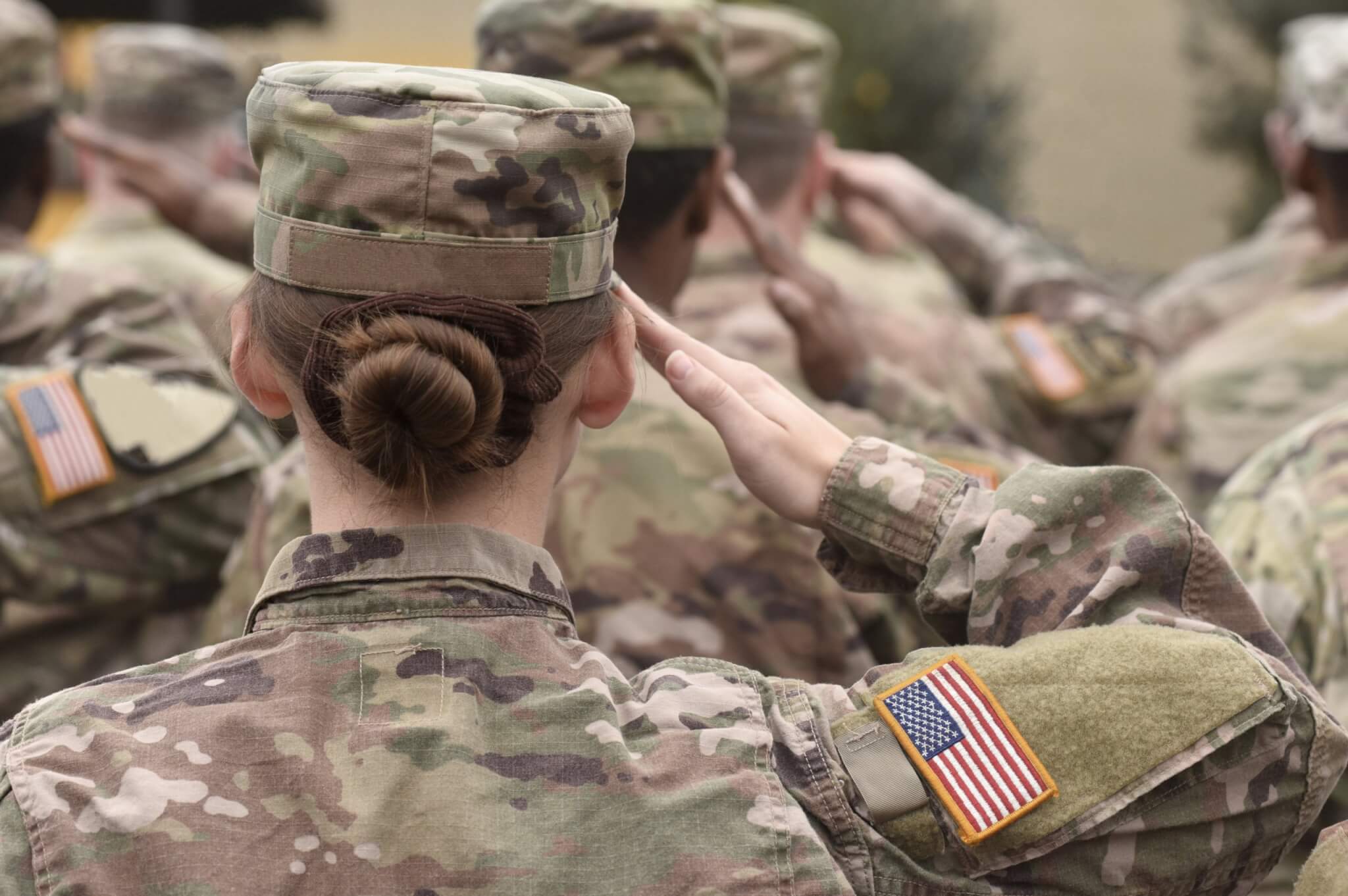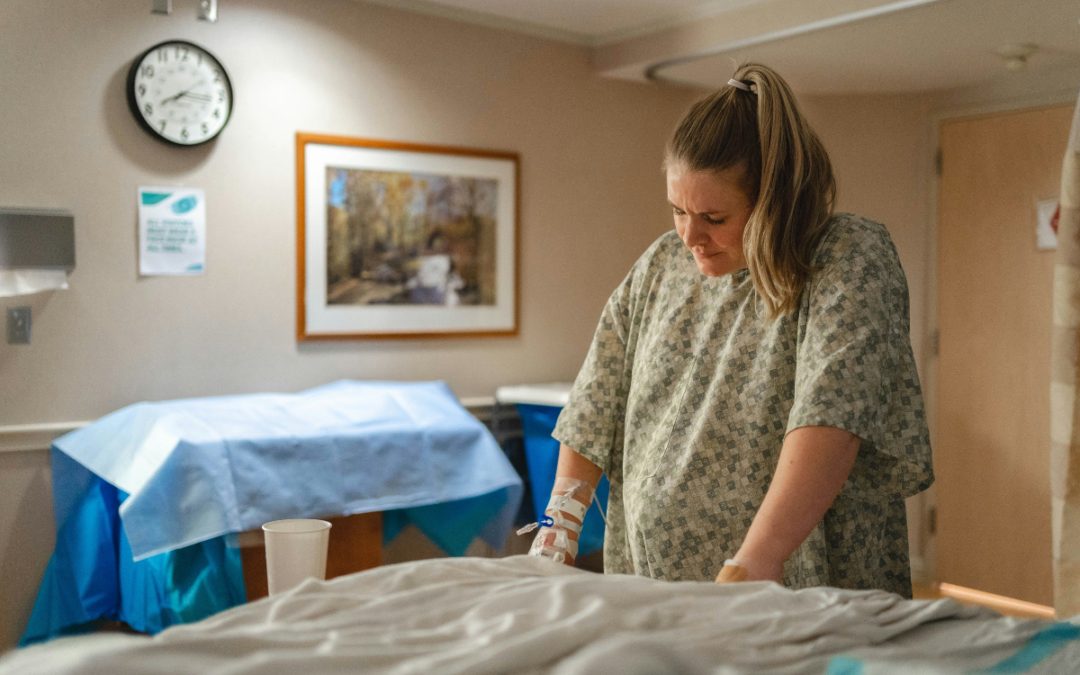
The pandemic is expected to raise rates of suicide nationwide.
Virginia residents draw attention to the issues and how to fight them.
VIENNA – When the pandemic hit, experts anticipated a rise in suicide rates. With veterans, the risk is always high.
According to the Centers for Disease Control and Prevention, American adults reported elevated levels of adverse mental health conditions, substance use and suicidal ideation in June this year.
The prevalence of symptoms of anxiety disorder was about three times those reported in the second quarter of 2019 – 25.5% versus 8.1%. The prevalence of depressive disorder was approximately four times that reported in the second quarter of 2019 – 24.3% versus 6.5%.
About one quarter of respondents reported developing symptoms of trauma or stress related disorders due to the pandemic. Approximately one in 10 reported that they started or increased substance use because of COVID-19.
Suicidal thoughts also increased. About twice as many respondents reported considering suicide in June of 2020 than people who reported considering suicide in the entire year of 2018.
For veterans, the risk of suicide is always high.
“I’m one voice of many that are out there that are trying to shine a light on what’s something that I’ve heard referred to, and I’m kind of parroting, as ‘the quiet pandemic.’ If you look at three decades worth of VA data and all of the resources this nation has put against it, we haven’t changed it,” said Col. Michael Hudson, vice president of veterans behavioral health data collection service ClearForce.
The Virginia resident called ending the veteran suicide epidemic ‘an all hands on deck fight.’ It takes family, friends, neighbors, loved ones and proper resources to win this battle.
Unfortunately, COVID is making that more difficult.
Veterans Deal with COVID Complications
According to the U.S. Department of Veterans Affairs (VA), 17 veterans commit suicide each day.
“I think one of the challenges that COVID has caused is… social isolation. You see that today. Stay home, don’t have friends over, don’t go anywhere,” Hudson said. “So one of the greatest tools of helping veterans or helping anyone when they struggle with a mental health challenge, when they struggle with suicide issues, suicide ideation, substance abuse, is connectedness, right? Coming in and being able to engage. And that is one of the things that we’re seeing is driving suicide. The data’s pointing toward that lack of connectedness is one.”
A lack of connections isn’t the only issue facing veterans dealing with depressive or suicidal thoughts.
“The second is, you’re seeing an uptick in negative coping mechanisms. This would be substance abuse, either alcohol, drugs or controlled substances, even prescription drugs to some degree,” Hudson said. “So now individuals, you know, alone in a much smaller circle, are turning to negative coping mechanisms as a way to try to get by. And that then puts them at a higher risk for a negative outcome.”
According to the VA the COVID-19 pandemic creates stressors like fear about getting sick, concern for loved ones, isolation, job loss and new childcare and family demands.
Those who have been through traumatic events in the past may have learned to cope well in crisis situations. However, dealing with the pandemic is unique. Some ways people cope, like eating out or watching or playing sports, may not be an option.
For those with PTSD, according to the VA, the pandemic may trigger or affect PTSD symptoms.
RELATED: A Road To Recovery, Virginia College Helps Veterans Deal with PTSD
Financial Stress
“The other thing that you’re seeing, kind of, is the financial impacts. If you think about some of the leading causes of why an individual takes their life, financial impacts is definitely one of them,” Hudson said. “That’s an important part to pick up on.”
The pandemic has caused both unemployment and underemployment to rise.
In December 2019, the veteran unemployment rate dropped to 2.9% according to the Department of Labor. In November 2020, the veteran unemployment rate was 6.3%.
The Department of Veterans Affairs recently published their 2020 National Veterans Suicide Prevention annual report. While the report addressed concern for potential increases in veteran suicide rates due to COVID-19, there were no conclusive results during the ongoing pandemic.
In the context of the COVID-19 pandemic, the VA is monitoring trends in suicide-related behaviors, according to the report.
According to the report, suicide rates during the COVID-19 pandemic cannot be determined yet.
Todd Hunter, assistant national communications director of Disabled American Veterans (DAV), says he hopes that data is correct, but he doubts it.
“DAV is staying on top of breaking research and listening to the experts on the impact of COVID-19 on veteran suicide,” Hunter said. “We understand that VA has seen some preliminary but incomplete data that suggest that there has not been a sharp uptick in veterans’ suicides during the pandemic and we hope that remains the case. But we also know that risk factors for suicide such as social isolation, illness, economic stress and loss of personal relationships are likely to increase as the pandemic and economic shutdowns wear on.”
Accessing Care for Veterans
Another nuance in the report focused on veterans in Veterans Health Administration care. These people actively seek assistance, while many vulnerable veterans don’t.
“One of the biggest challenges we see today, VA data as well, is of the 20 veterans that will die today, 70% of them are not in contact with the VA,” Hudson said.
The National Council for Behavioral Health reported that 30% of active duty and reserve military personnel deployed in Iraq and Afghanistan had a mental health condition requiring treatment. This represented about 730,000 people, with many experiencing post-traumatic stress disorder and depression.
Less than 50% of returning veterans in need received any mental health treatment, according to the report.
That’s where loved ones such as friends, family members, neighbors and coworkers come in.
Whether it’s hanging out socially distantly or connecting through virtual means, Hunter stressed the importance of personal connections.
“There are certainly risk factors for suicide that may be more prevalent during the pandemic. Social isolation, loss of close family members or friends, financial distress and other risk factors,” Hunter said. “Everyone should take care of friends and family members even if they are not in the same physical space to ensure they are coping through the pandemic.”
Veterans and Volunteer Resources
For anyone in need of suicide prevention services can contact the National Suicide Prevention Lifeline at 800-273-8255.
For online mental health resources by the VA, visit http://www.mentalhealth.va.gov/suicide_prevention/
Those interested in supporting veterans and the fight against suicide can donate to the DAV or VA Voluntary Services. They can also volunteer for the National Suicide Prevention Lifeline.
Amie Knowles reports for Dogwood. You can reach her at [email protected]
Politics

It’s official: Your boss has to give you time off to recover from childbirth or get an abortion
Originally published by The 19th In what could be a groundbreaking shift in American workplaces, most employees across the country will now have...

Trump says he’s pro-worker. His record says otherwise.
During his time on the campaign trail, Donald Trump has sought to refashion his record and image as being a pro-worker candidate—one that wants to...
Local News

Virginia verses: Celebrating 5 poetic icons for National Poetry Month
There’s no shortage of great writers when it comes to our commonwealth. From the haunting verses of Edgar Allan Poe, who found solace in Richmond's...

Join the fun: Recapping Family Literacy Night’s storybook adventures
When’s the last time you read a book aloud with a loved one? If it’s difficult to answer that question, then maybe it’s time to dust off that TBR...





